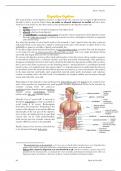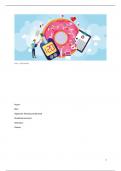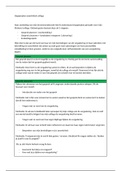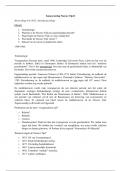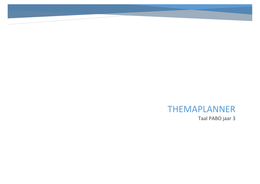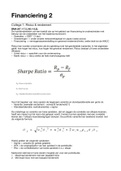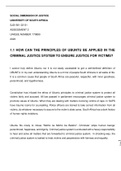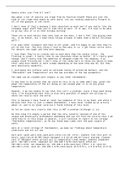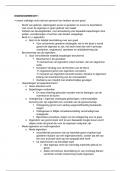Summary
Summary The digestive system
- Course
- Institution
Uncover the complexities of the human digestive system in this comprehensive guide. From swallowing to absorption, explore how the body processes food, absorbs nutrients, and eliminates waste. Learn about the role of organs like the stomach, pancreas, and liver, and understand the intricate interpl...
[Show more]
